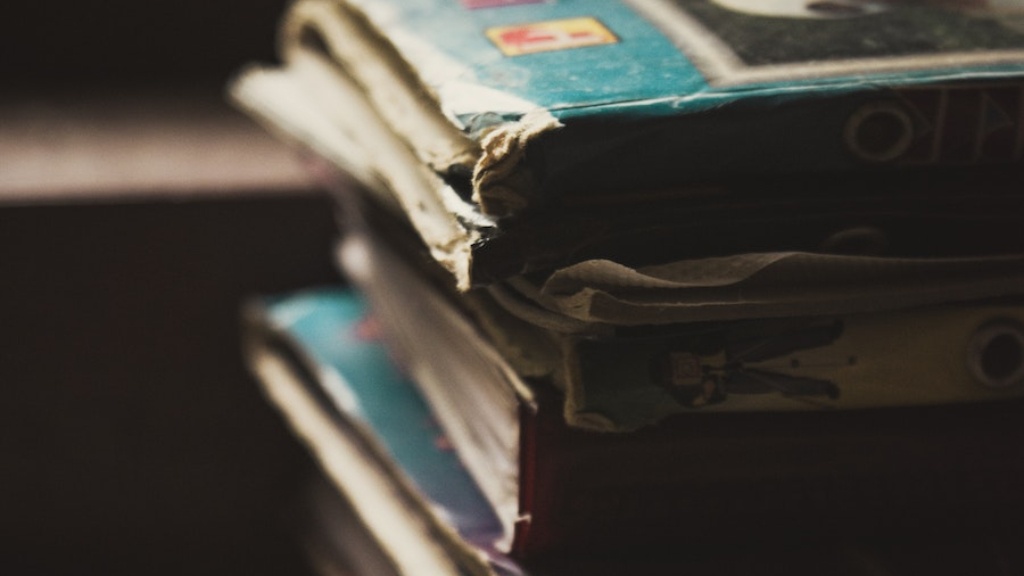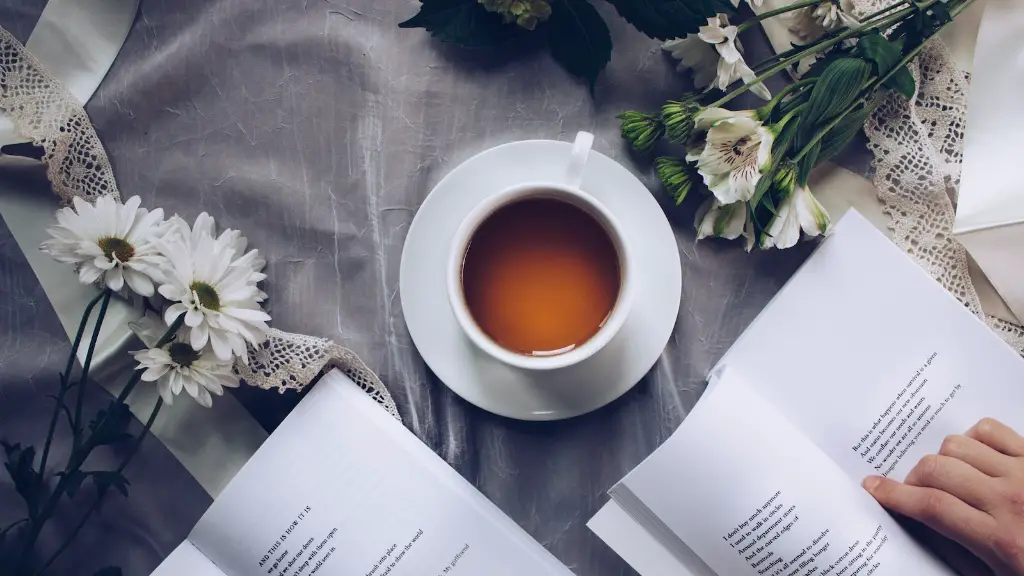Rhyme in poetry is one of the most important elements of poetry and can be used to create powerful and lasting impressions on the reader. It helps to bring meaning and emotion to a poem, and can also create a more musical and enjoyable reading experience. A rhyme is a set of words that end in the same sound at the end of their lines. Rhyme can be found at the end of lines, at the end of stanzas, and in other places within a poem. Some examples of rhyme in poetry are found in both traditional and modern poems.
Types of Rhyme
The two main types of rhyme are end rhyme and internal rhyme. End Rhyme happens when words at the end of two different lines rhyme with each other. Internal rhyme refers to words within a line of poetry that rhyme with each other. In addition, there are a number of other types of rhyme such as imperfect rhyme or near rhyme, slant rhyme, and assonance. Different types of rhyme are used in different styles of poetry, and some types of rhyme can be used to create a certain kind of effect or tone.
Uses of Rhyme
Rhyme is often used to bring out a certain feeling or emotion in a poem. It can also be used to emphasize certain words or to make a poem easier to remember and recite. Rhyme can be used to tell stories, illustrate ideas, and create imagery. It can also be used as a way to show the relationship between words. For example, a poem may use rhyme to show the connection between two similar ideas. Rhyme can also be used to make a poem more enjoyable and to make it easier to follow.
Forms of Rhyme
Rhyme can take many forms. Some popular forms of rhyme are: couplet rhyme, tercet rhyme, quatrain rhyme, and sestet rhyme. For example, a couplet rhyme is a two-line phrase with the same ending rhyme. A tercet rhyme is a three-line phrase with the same ending rhyme. Quatrain rhyme is a four-line phrase with the same ending rhyme, and sestet rhyme is a six-line phrase with the same ending rhyme. These forms of rhyme are often used in traditional poetry, but they can also be used in modern poetry.
Benefits of Rhyme
Rhyme can create an enjoyable reading experience and bring out powerful emotions in the reader. It can also make a poem easier to remember and understand. Rhyme can also be used to bring out particular meanings in a poem or to illustrate particular points. Additionally, rhyme can be used to create a sense of unity in a poem, as it ties together different ideas and brings them together in a cohesive whole.
Modern Uses of Rhyme
Rhyme is used in both traditional and modern poetry. While it is still used to create an enjoyable reading experience and to tie together different ideas, modern poets use different approaches to rhyme. For example, modern poets may use imperfect rhyme or near rhymes to create a certain feeling or tone. They may also develop innovative forms of rhyme, such as slang rhymes or irregular metre rhymes.
Examples of Rhyme
Rhyme can be found in a wide variety of poems. Some famous examples of rhyme include Alfred, Lord Tennyson’s poem ‘The Kraken’ and Emily Dickinson’s poem ‘Because I Could Not Stop For Death’. Both of these poems contain end rhyme as well as internal rhyme. These examples illustrate the powerful effect that rhyme can have in poetry and how it can be used to create a unique and enjoyable reading experience.
Importance of Rhyme in Poetry
Rhyme is an essential element in poetry and is used to create an enjoyable and meaningful reading experience. It can also be used to bring out emotions and values in the poem and to illustrate certain ideas. By using different types of rhyme, poets are able to create powerful and lasting effects on the reader.
Significance of Rhyme in Modern Poetry
Rhyme is still an important element in modern poetry. Modern poets often use different types of rhyme and innovative forms of rhyme to create unique effects and to express their ideas in new and interesting ways. Experienced authors understand the importance of rhyme in creating an enjoyable reading experience and are able to use different forms of rhyme to bring out emotions and ideas in their writing.
Conclusion of Rhyme in Poetry
Rhyme is an essential element in poetry and is used to bring out emotions, meanings, and values in a poem. Different types of rhyme can be used to create different effects, and modern poets often use innovative approaches to rhyme to bring out powerful effects in their writing. Rhyme is an important element of poetry and helps to bring meaning and emotion to a poem, and can also create a more musical and enjoyable reading experience.


